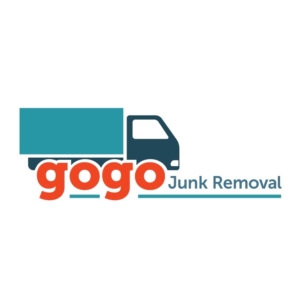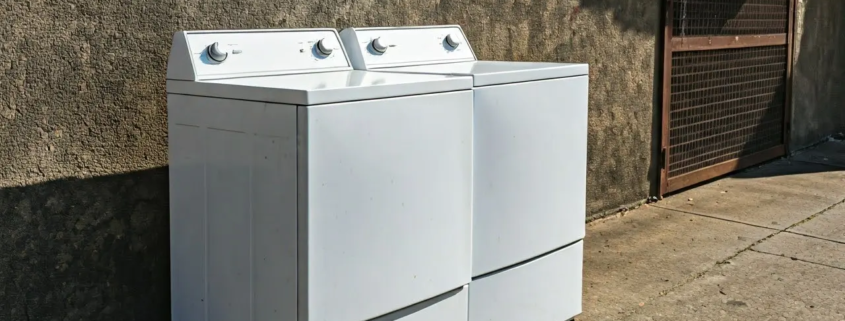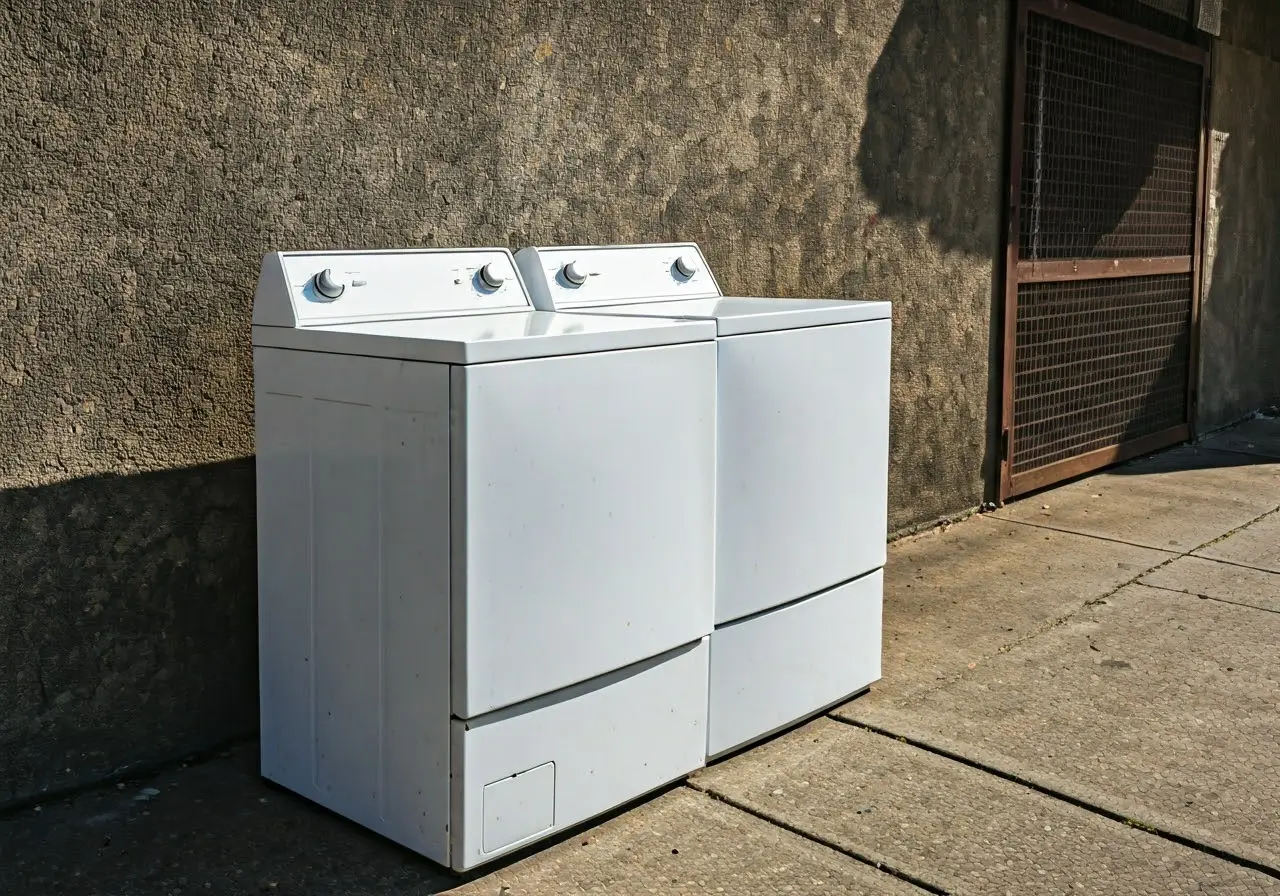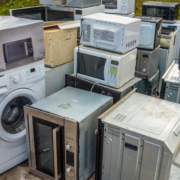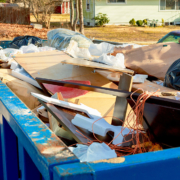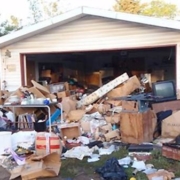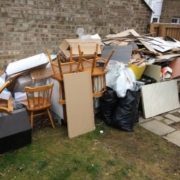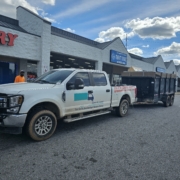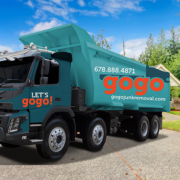7 Steps to Hassle-Free Washer and Dryer Disposal
Getting rid of old appliances like washers and dryers can seem daunting, but with the right steps, it can be a breeze. Whether you’re upgrading, moving, or simply decluttering, here are some easy and stress-free ways to dispose of your washer and dryer.
1. Check with Your Manufacturer
Many manufacturers offer take-back programs for old appliances. It’s worth checking if yours does and how you can make use of this option.
Reach out directly to the manufacturer of your washer and dryer and inquire about their policy on returning old units. In many cases, they can guide you through the process of scheduling a pickup or drop-off, saving both time and effort. Not only is this a convenient solution, but it often ensures environmentally responsible disposal. With a manufacturer’s expertise, they can manage the dismantling and recycling of parts efficiently. This process is particularly beneficial when considering rare brands or models that may require specialized handling.
2. Explore Local Recycling Centers
Local recycling centers might accept your old washer and dryer. It’s a great environmentally friendly option, and you can often drop off appliances at designated times.
Not all centers are created equal, so it’s essential to contact them beforehand and confirm they accept appliances. Some centers have specific days or times when you’re able to drop off such large items. If you choose this option, be prepared to provide details about your appliances, such as brand, model, and working condition. Many centers have partnerships with local businesses to repair and refurbish items for resale, which could give your old appliances a new lease on life. Moreover, dropping off appliances is usually free, so it’s both a cost-effective and environmentally conscious decision.
3. Consider Donation Options
If your washer and dryer are still in working condition, consider donating them to charities or organizations that accept appliance donations. It’s a wonderful way to give back to the community.
Before you donate, ensure your appliances are clean and in good working order. Many organizations, like Habitat for Humanity or Goodwill, accept such donations, and they often provide pickup services. This means you won’t need to worry about the hassle of transporting these bulky items yourself. A simple online search or a phone call can connect you with organizations near you that are eager to accept working appliances, which can be life-changing for underprivileged families.
4. Look for Junk Removal Services
Professional junk removal services can save you the hassle of transporting heavy appliances. They often offer convenient pickup options.
Research local companies to find a service that covers your area and check their reviews for reliability. Rates can vary depending on your location, but the convenience of having professionals remove and properly dispose of your appliances is unparalleled. Additionally, these services often have resources for recycling and donating usable appliances, ensuring that your old washer and dryer are either recycled or sent to a new home. This option removes the burden from your shoulders, making it a stress-free way to handle appliance disposal.
5. Check Out Scrap Metal Dealers
Scrap metal dealers might be interested in buying your old appliances for parts. It’s a smart way to make a little extra money while disposing of old items.
Before contacting a dealer, it’s beneficial to remove any non-metal parts from your appliances, as dealers are typically interested in the metal components. Once that’s done, call around for the best possible quotes. Scrap prices fluctuate, so checking on different days might yield better returns. This option can be particularly appealing if your washer or dryer is beyond repair, as it provides a way to recycle materials effectively while potentially giving you some spare cash.
6. Investigate Retailer Take-Back Programs
When purchasing a new washer and dryer, retailers sometimes offer to take your old one as part of their purchase programs. This can be a convenient disposal method.
Ask the retailer about their policy on appliance take-backs and if there’s any associated cost. Many stores offer this service as part of the delivery package when you opt for installation of your new unit. It’s advantageous because your old appliance is promptly removed at the same time as the delivery, leaving you worry-free about disposal. Additionally, some programs offer incentives, like a discount on your new purchase, making this a financially sound decision.
7. Plan for Proper Disposal
If none of the above options work, ensure you dispose of your items properly according to local regulations to avoid fines or penalties.
Proper disposal involves understanding what your municipality requires. Visit your local government’s website, or contact their office, for details on large item disposal. Most areas have specific bulk waste disposal days or locations where you can drop off appliances. For safety and environmental reasons, prepare your washer and dryer by unplugging them and removing any remaining water or lint, as outlined in this comprehensive guide. Such preparation ensures that disposal is both safe and compliant with regulations, protecting you from fines and aiding in community cleanliness.
